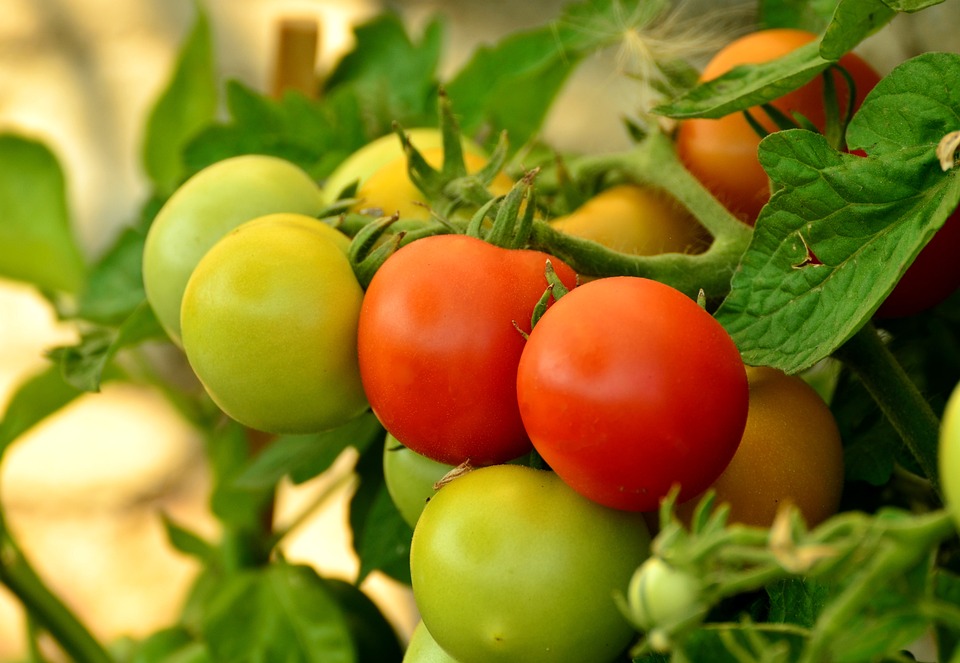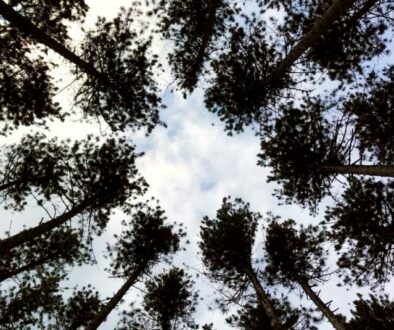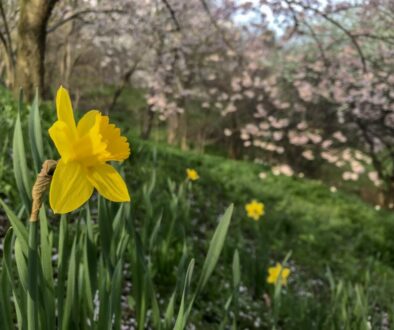The Difference Between Exotic And Invasive Plants
There’s a lot of terminology used when referring to plant life. Sometimes marketing lingo borrows loosely from scientific terms and then things can get confusing. In recent years horticultural experts have been paying closer attention to natural habitats featuring native plants. While a lot of non-native plant life can be interesting and unique, it’s not always best to feature them when designing your outdoor space.
Let’s take a quick look at how horticulturists define exotic plants, and when they fit the definition of being invasive.
Exotic Plants: Defined
The easiest definition of an exotic plant is one that simply never grew naturally in that spot. Exotic plants are also sometimes referred to as introduced or alien species. All of the terms are meant to explain that a plant is living outside its natural distribution range.
As far back as humans have been traveling, we’ve been discovering plant life in other locales. In some cases we brought them back on purpose and in some cases by accident. Sometimes we found a flower that was beautiful and wished we could have it growing nearer to our home. Or, plenty of fruits and vegetables have been transported so we could grow them in the places we live.

Tomatoes, for instance, are native to the Andes but are now grown all over the globe. While tomatoes feel as common as any other plant in our daily life, they technically are defined as an exotic. They never would have naturally found their way to the United States without human intervention.
Invasive Plants: Defined
Sometimes exotic plants do okay in their new environment, and then sometimes they just don’t survive at all. My African coffee tree does okay in the summer here in Rochester, but in winter it is miserable! If I left it outside all year, it wouldn’t even make it to see Thanksgiving. While tomatoes and coffee are exotic, they’re never going flourish to the extent that they’ll take over and become a nuisance.

It’s the exotic plants that don’t have a natural check in place that end up taking over. They not only survive and flourish but they proliferate. There’s a few dangers to an exotic plant reproducing to that extent. To start, any plant growing faster than the others could potentially take over and kill off the other plant life. In many cases, those species don’t naturally fit into the local ecosystem. Without natural balances in check, they can spread and take over.
So an invasive plant is defined simply as an exotic plant that has flourished so well that it has now become either a nuisance or even a danger.
Invasive Plants In The Finger Lakes Region
Unfortunately, we have a list of invasive plants here in this area.
Japanese knotweed for instance is so damaging, it can grow right through the cement foundation of your home! Wild parsnip and Giant Hogweed are invasive species that can cause serious burns to human skin. Touching them even just once can cause complications for years if that skin is exposed to sunlight. The Tree of Heaven was brought here on purpose in the 1700’s, but now it’s gotten way out of control. None of these ever grew naturally in the Finger Lakes region, but all exist here. A couple of those are already causing serious problems.
These plants are becoming more and more of a problem by spreading quicker than the natural ecology can keep them in check. That’s how they qualify as an invasive species.
How To Manage Exotic And Invasive Species
The first step in managing an invasive species is to identify them. You may have purposefully planted a type of lavender and recognize that it’s not native to our area, but still you like it. The risks of planting lavender are low because we know it doesn’t pose a serious health or safety hazard. It’s not going to spread all over killing other plants where it wants to live. While there might be a native alternative that would be better, we know a lavender plant in your garden isn’t the end of the New York’s ecology.
Should you find that Japanese knotweed in your vicinity though, you could have a serious mess on your hands. It has roots that can go six feet below the surface and spread as far as 65 feet horizontally. If you don’t catch that early on you could be managing that for years to come.
Once you’ve identified an invasive species, removing it is the next best step. If you’re concerned that maybe it has already spread too much or it poses a danger, contact the Cornell Cooperative Extension. Their staff is super helpful and knowledgeable!
If you’ve got a large property and you’re concerned that scouting for exotics or invasive species is beyond your ability, that just happens to be one of our areas of expertise! Michael has spent countless hours scouting for the Tree of Heaven and Spotted Lanternfly, Poison Ivy, Giant Hogweed, and the Hemlock Woolly Adelgid.
You can find more info about Naturally Green’s Scouting services here.




